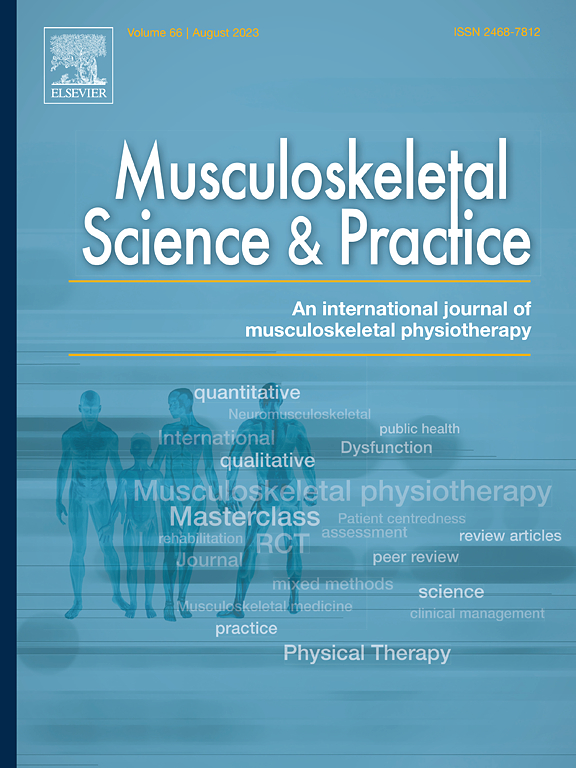
Cervical manipulation vs thoracic or cervicothoracic manipulations for the management of neck pain

Cervical manipulation vs thoracic or cervicothoracic manipulations for the management of neck pain
Cervical manipulation versus thoracic or cervicothoracic manipulations for the management of neck pain. A systematic review and meta-analysis.
Musculoskelet Sci Pract. 2024 01-Jun;():. 10.1016/j.msksp.2024.102927Synopsis
Six studies involving 517 patients with neck pain were included in this systematic review and meta-analysis, comparing cervical manipulations to thoracic or cervicothoracic manipulations. Pooled outcomes of interest included pain intensity, neck disability, and cervical range of motion. The analysis revealed no significant differences in pain reduction, disability improvement, or cervical range of...
To view the full content, login to your account,
or start your 30-day FREE Trial today.
FREE TRIAL
LOGIN
Forgot Password?
Explore some of our unlocked ACE Reports below!

Learn about our AI Driven
High Impact Search Feature
Our AI driven High Impact metric calculates the impact an article will have by considering both the publishing journal and the content of the article itself. Built using the latest advances in natural language processing, OE High Impact predicts an article’s future number of citations better than impact factor alone.
Continue



 LOGIN
LOGIN

Join the Conversation
Please Login or Join to leave comments.